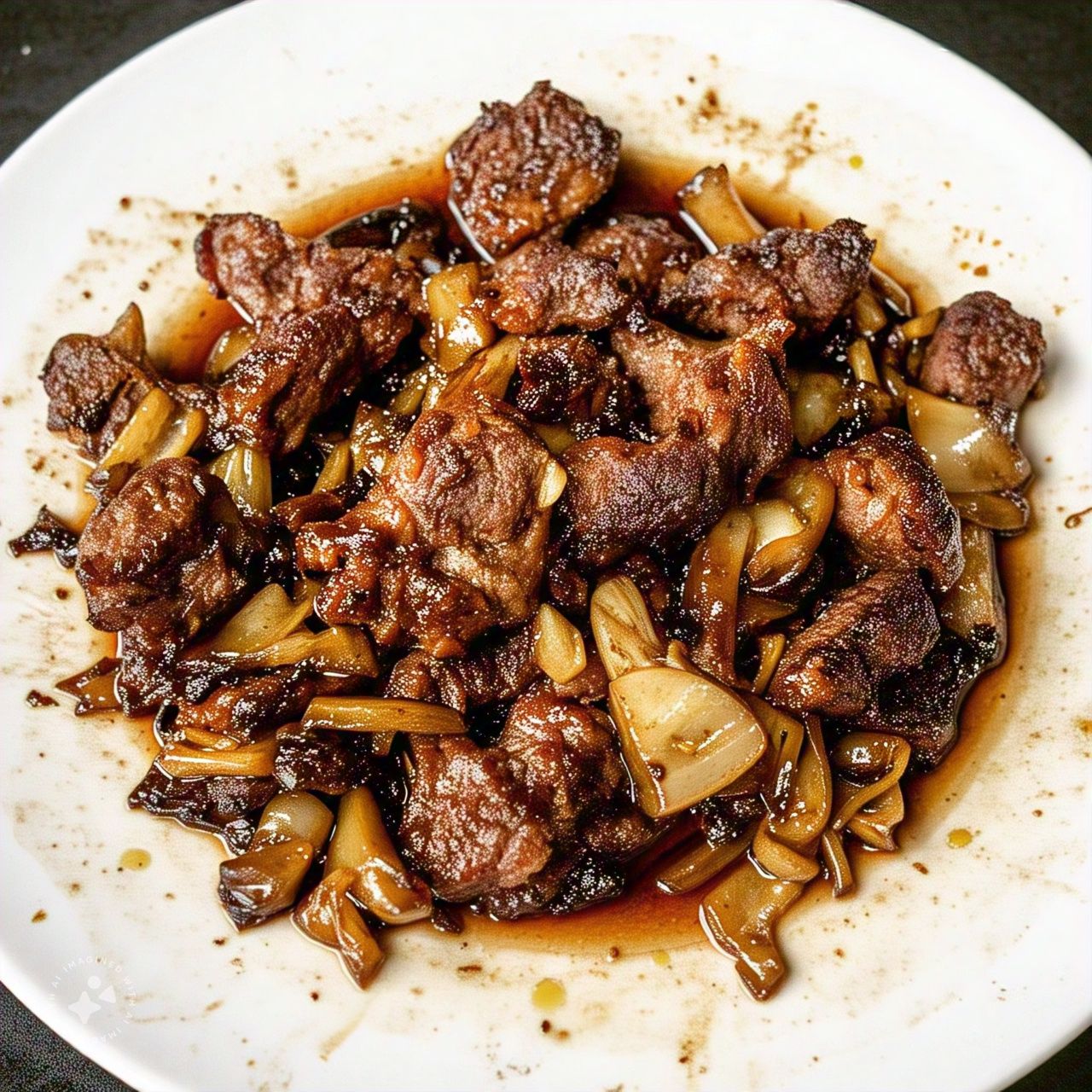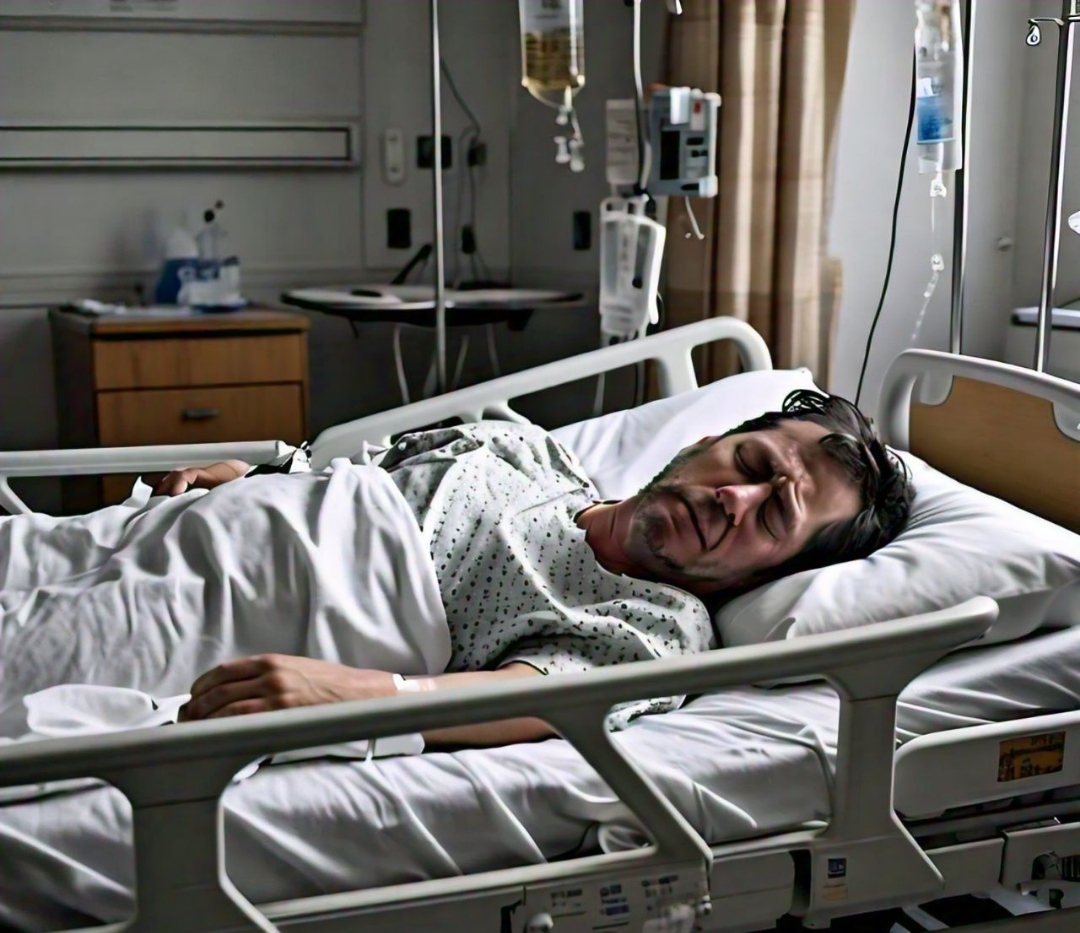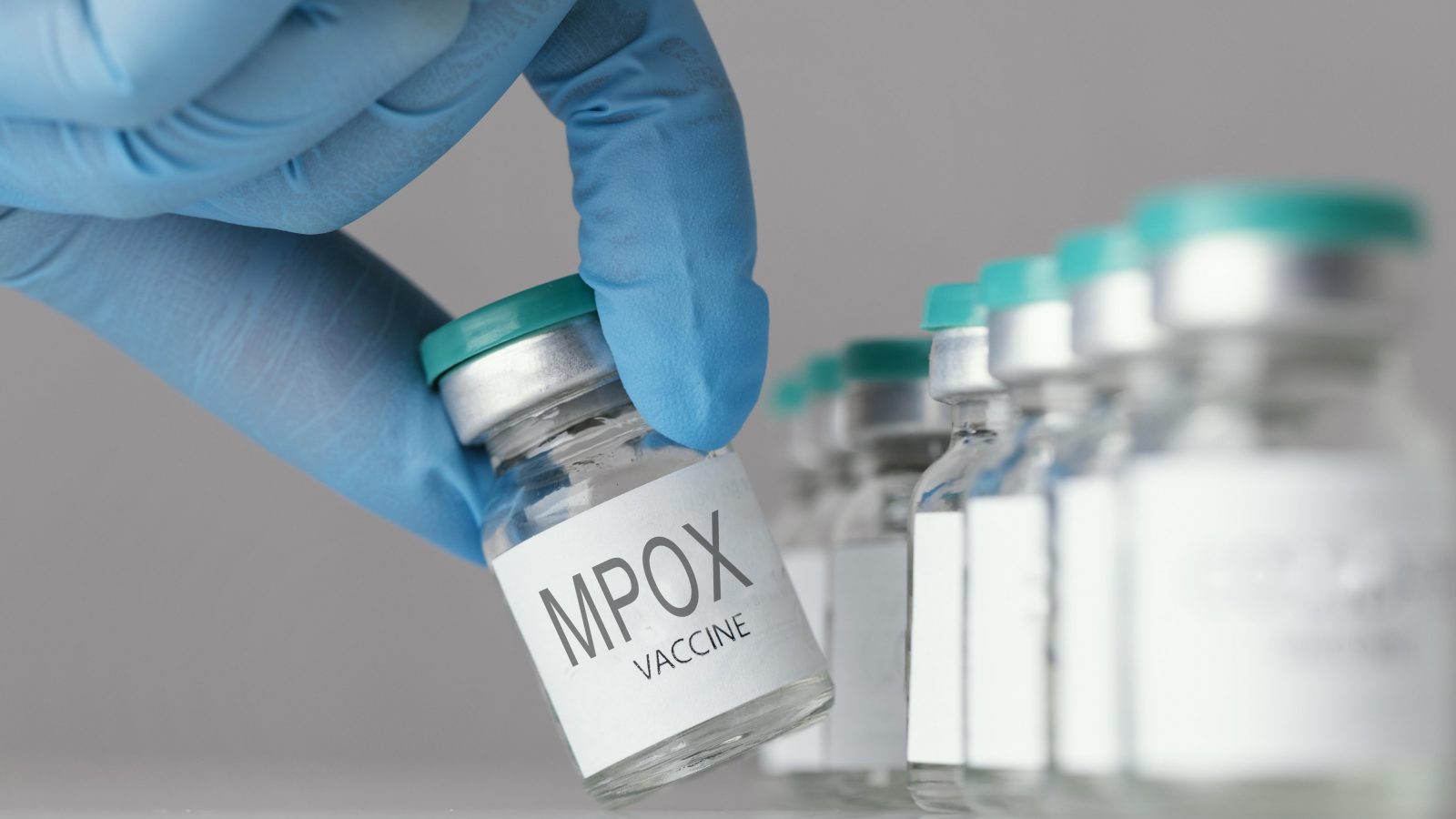Health
The Hidden Dangers of Overcooked Food: What You Need to Know

Health
Understanding Cholesterol Blockage: Causes, Symptoms, and Treatments
Health
Cancer: Understanding the Disease and Its Treatment Options
Health
Epilepsy: Understanding the Condition and Its Management
Health
Africa CDC Approves First Locally Developed Mpox Test
Health
Patients, relatives protest unavailability of water, electricity at UCH

Health
NAFDAC seizes counterfeit wines worth ₦41.2m in Nasarawa
-
Politics11 hours ago
Ondo Election: We won’t disappoint you, INEC to voters
-
Metro9 hours ago
‘Detty December’ is not excuse for noise pollution, Lagos govt warns
-
Metro11 hours ago
10 newborns killed, 16 clinging to life after hospital oxygen machine caught fire
-
Business11 hours ago
Naira depreciates by 0.1% against dollar
-
Other Sports11 hours ago
Tyson beaten by Youtuber Paul in heavyweight return
-
News23 hours ago
SCRABBLE JAMZ:• Record entries for 5th edition of Janet Adowei Memorial Scrabble Classics
-
Metro8 hours ago
Ondo Election: PDP accuses APC agent of inducing voters
-
News23 hours ago
Oborevwori Presents N936 Billion “Budget of Fiscal Consolidation” for 2025
-
News23 hours ago
Music artiste, Davido delves into football, floats Clubside
-
Tips24 hours ago
8 Effective Ways to Scold a Child Without Hitting Them

































